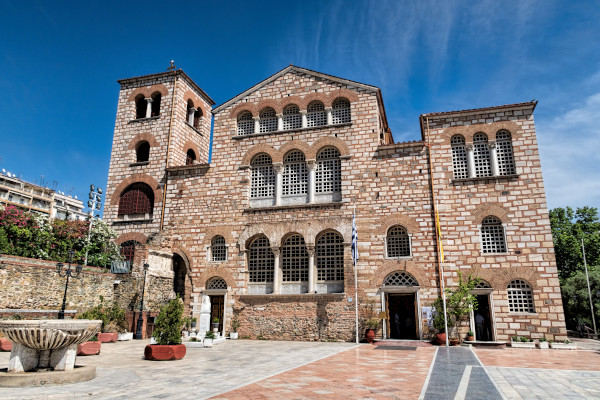I arrived in the Thessaloniki airport and passed by the customs office, its door casually propped open, and saw everything I had come to Greece to avoid: a framed reproduction of Warner Sallman’s blonde-haired, blue-eyed American Jesus, testimony to the global reach of that thing we call evangelicalism. I had come to escape all that, to experience the power of ancient icons, and the cheap reproduction in the airport portrait told me that if that was my objective, I had better move fast.
Login to read more
Sign in or create a free account to access Subscriber-only content.
